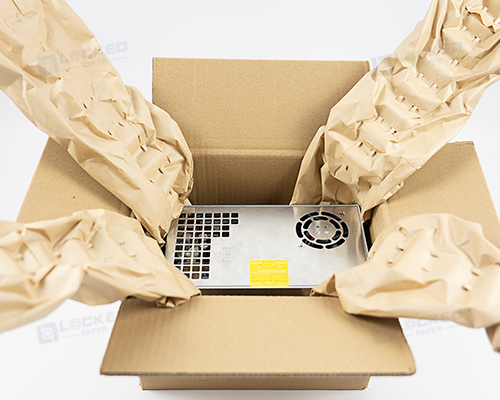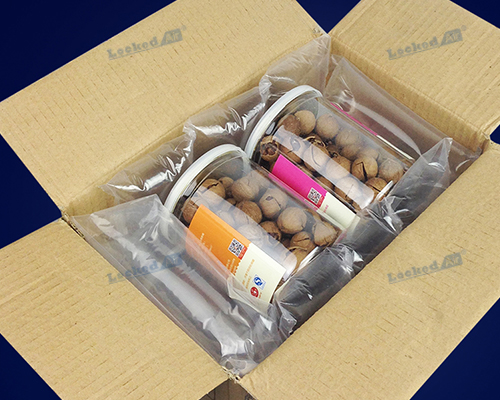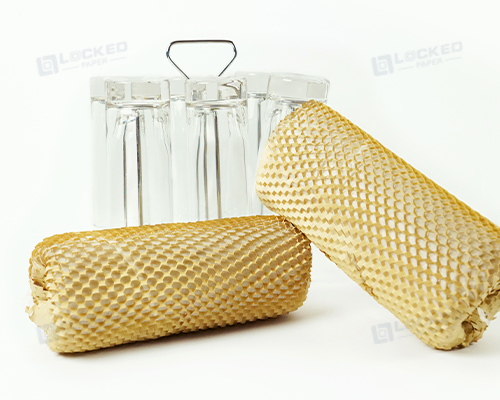In today's logistics and transportation processes, cushioning packaging plays a crucial role in protecting products from shock, vibration, extrusion, and other external damages. This ensures the safety and integrity of the products during transportation and storage. The design of cushioning packaging needs to consider various factors, such as the product's nature, transportation mode, and environmental conditions. In this article, we will analyze the basic principles of cushioning packaging design to help you understand how to effectively protect products and improve transportation efficiency.
Different products have different properties and characteristics. Therefore, it is necessary to choose appropriate cushioning materials and packaging methods based on factors like weight, shape, and fragility. For example, for fragile or high-value products, high-density foam or airbag cushioning packaging can be used to provide better anti-vibration and cushioning effects. For heavy-duty products, it is advisable to consider using high-strength wooden boxes or steel boxes as outer packaging combined with suitable high-density Kraft paper and other fillers for cushioning.

Different modes of transportation (such as land, sea, and air transportation) and environmental conditions (including temperature, humidity, and climate) can have varying impacts on products. When designing cushioning packages, it is crucial to comprehensively consider these factors and select suitable materials and packaging methods. For example, products transported in humid environments may require waterproof materials or moisture-proof packaging to safeguard them from moisture. Considering the specific requirements of transportation modes and environmental conditions will ensure the effective protection of the products during transit.

Effective cushioning packaging should not only protect the product but also minimize the use of packaging materials and transportation costs. When selecting cushioning materials and packaging methods, it is important to consider both the product's protection needs and cost-effectiveness. For example, you can opt for lightweight cushioning materials or recyclable packaging materials to reduce packaging weight and costs, thereby enhancing transportation efficiency.
As environmental awareness grows, the use of renewable materials, biodegradable materials, or recycled materials for cushioning packaging is gaining more attention. Choosing environmentally friendly materials and packaging methods helps to reduce the impact on the environment and meet the requirements of sustainable development.
Packaging design should ensure that the product remains stable during transportation and storage, preventing any shifting, tipping, or damage. The use of appropriate cushioning packaging materials and securing devices can enhance package stability and minimize potential risks.

Cushioning packaging should be designed to be easy and efficient to load and unload, reducing time and labor costs. A well-designed packaging structure that allows for easy disassembly can improve packaging efficiency and minimize wasted manpower and time.
Exceptional cushioning packaging not only provides protection but also showcases the product features and enhances the brand image. Through thoughtful design of attractive packaging appearance and incorporating the logo, the market image and competitiveness of the product can be enhanced.

In summary, the basic principles of cushioning packaging design involve adapting to the characteristics of the product, considering the mode of transportation and environmental conditions, paying attention to transportation efficiency and cost, focusing on sustainability and environmental protection, ensuring stability and reliability, and enabling easy operation and disassembly, as well as showcasing the brand image. When applying these principles, it is essential to consider specific products and requirements and choose the most suitable cushioning packaging design solutions that will improve product safety, transportation efficiency, and market competitiveness while reducing costs and minimizing environmental impact.